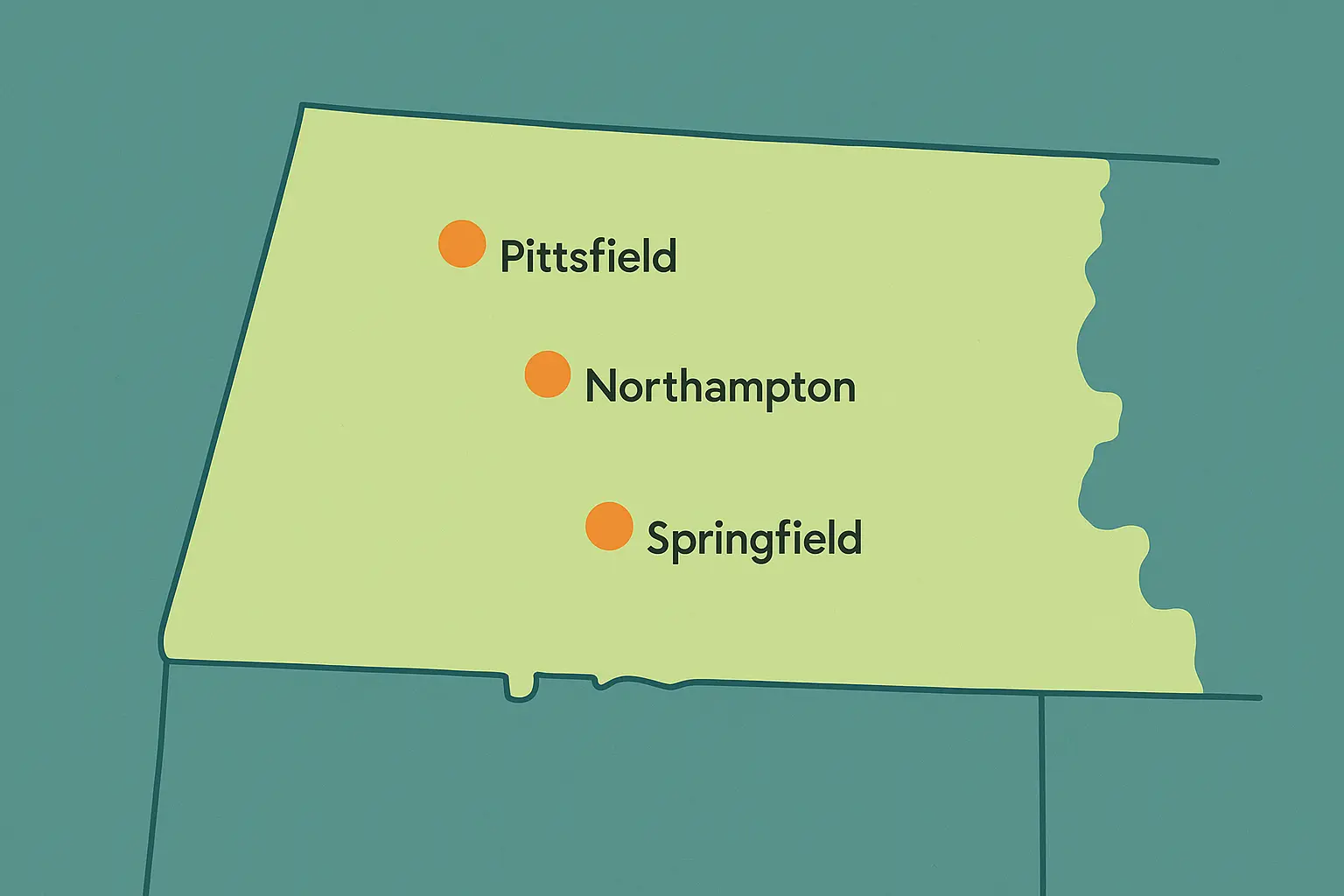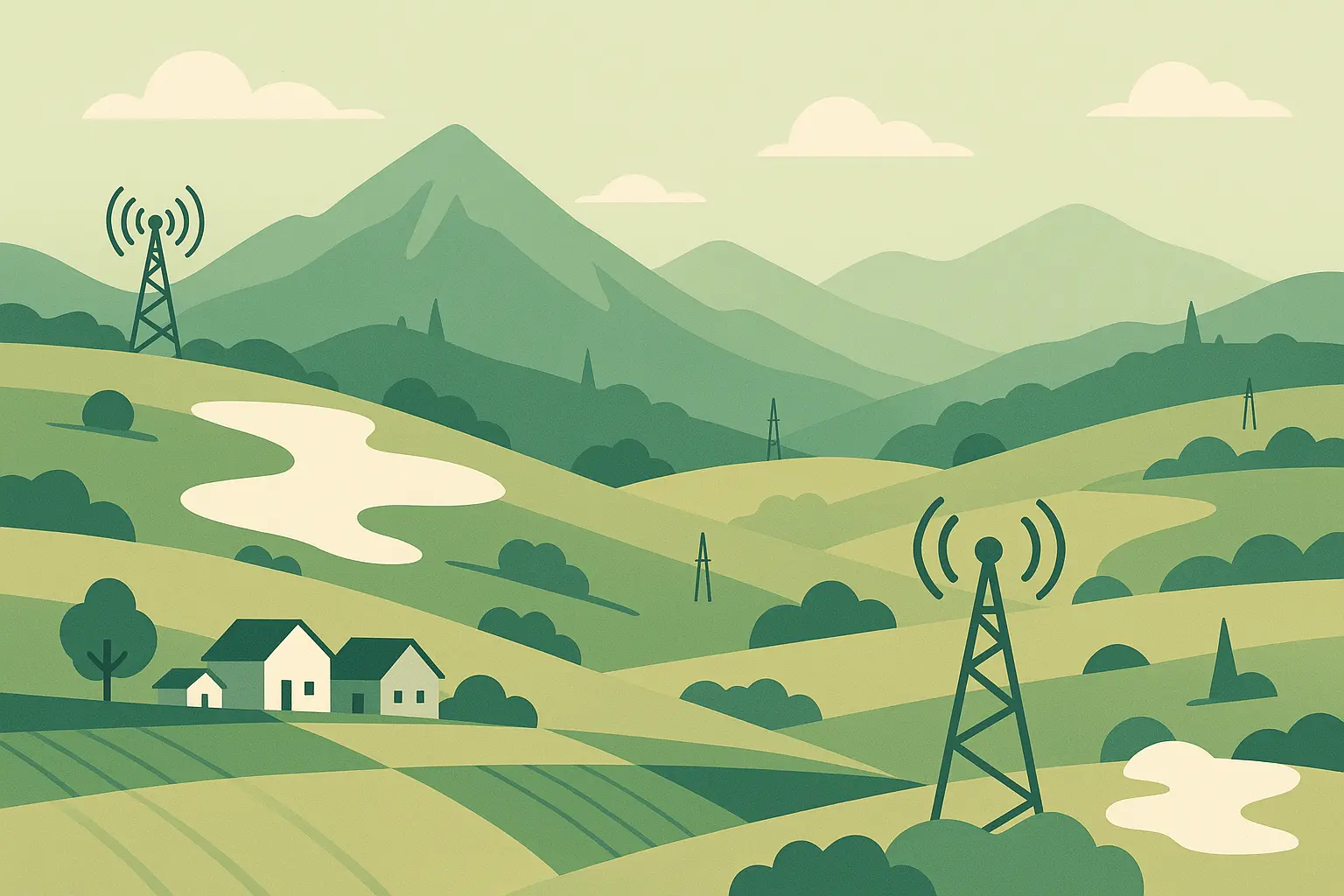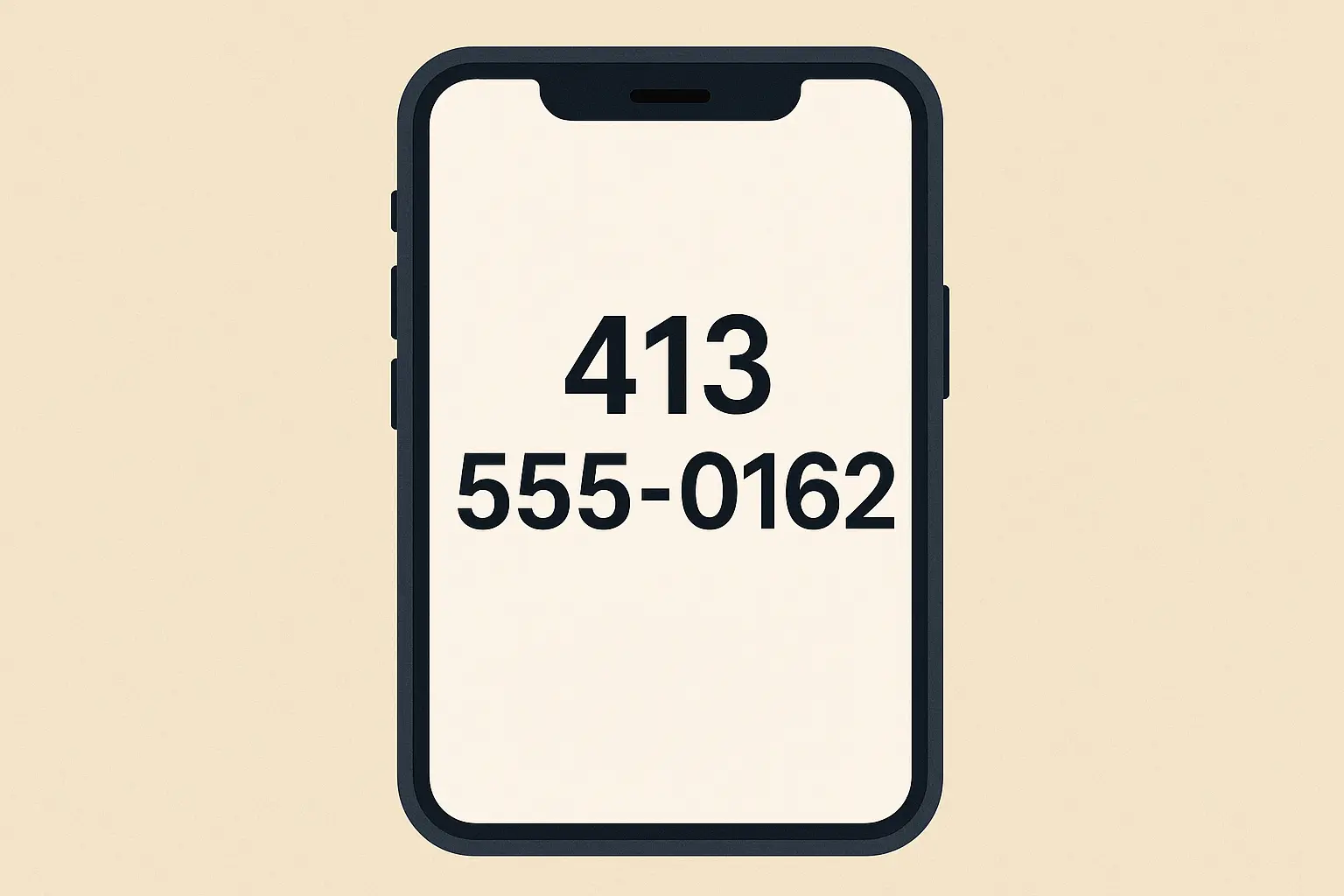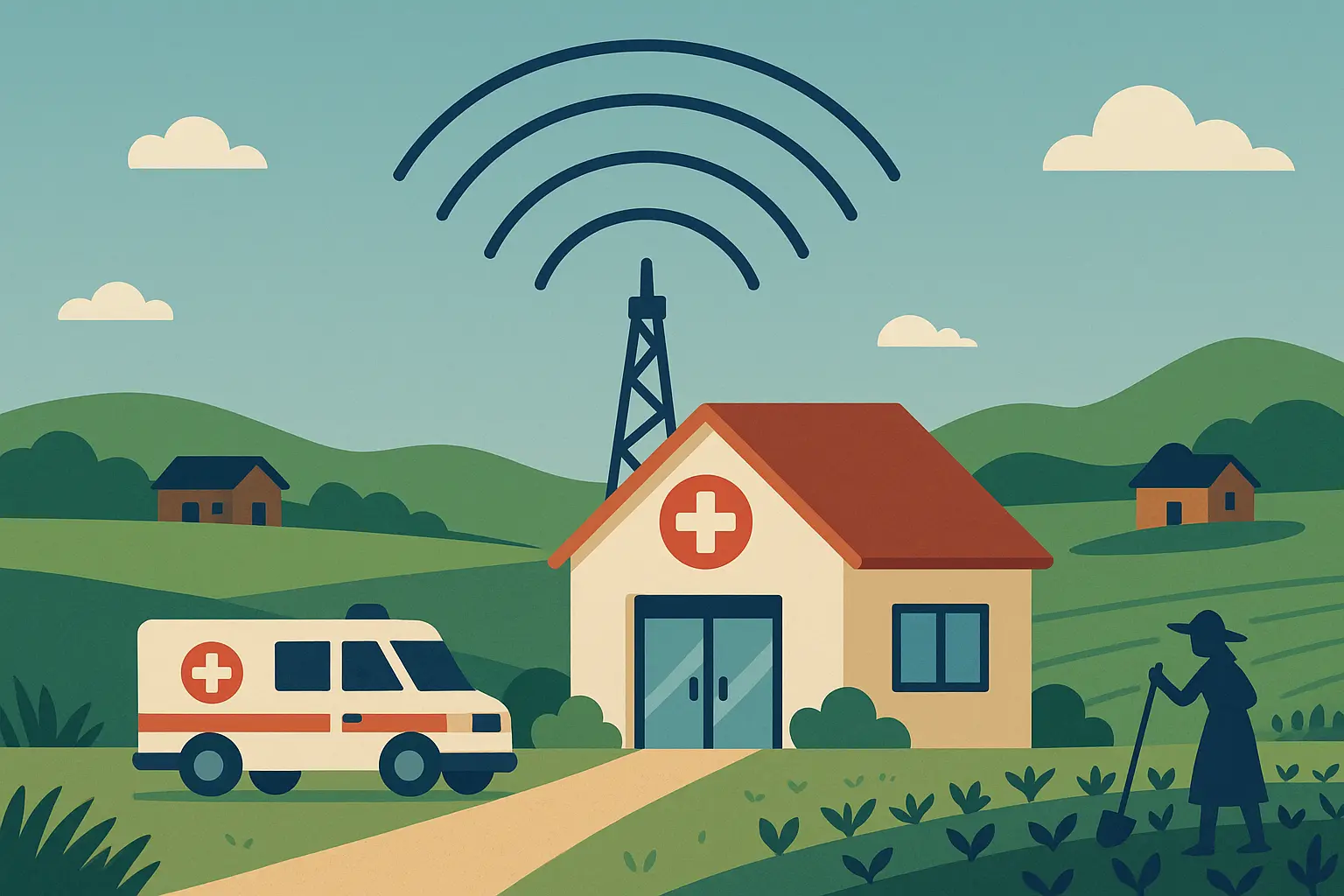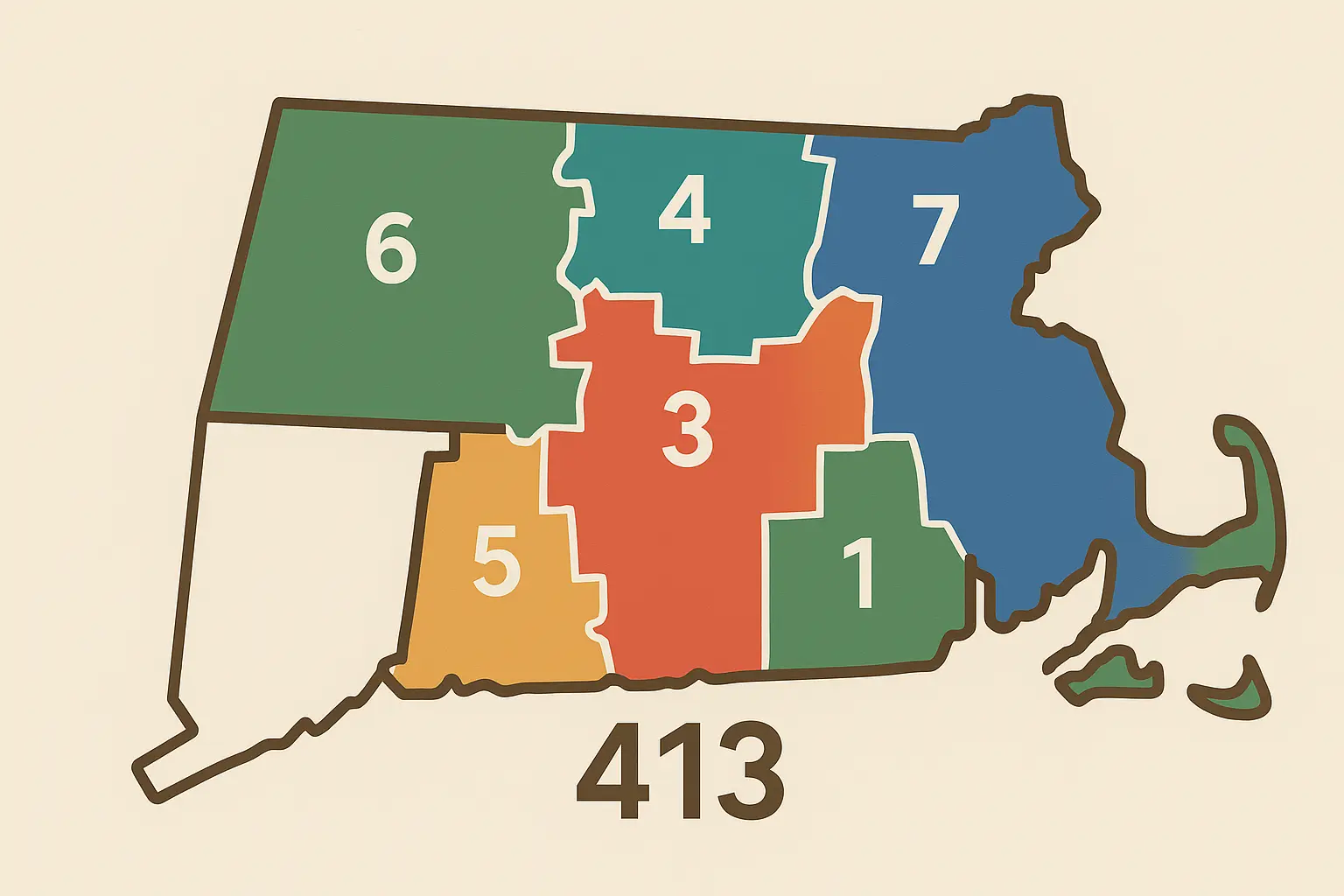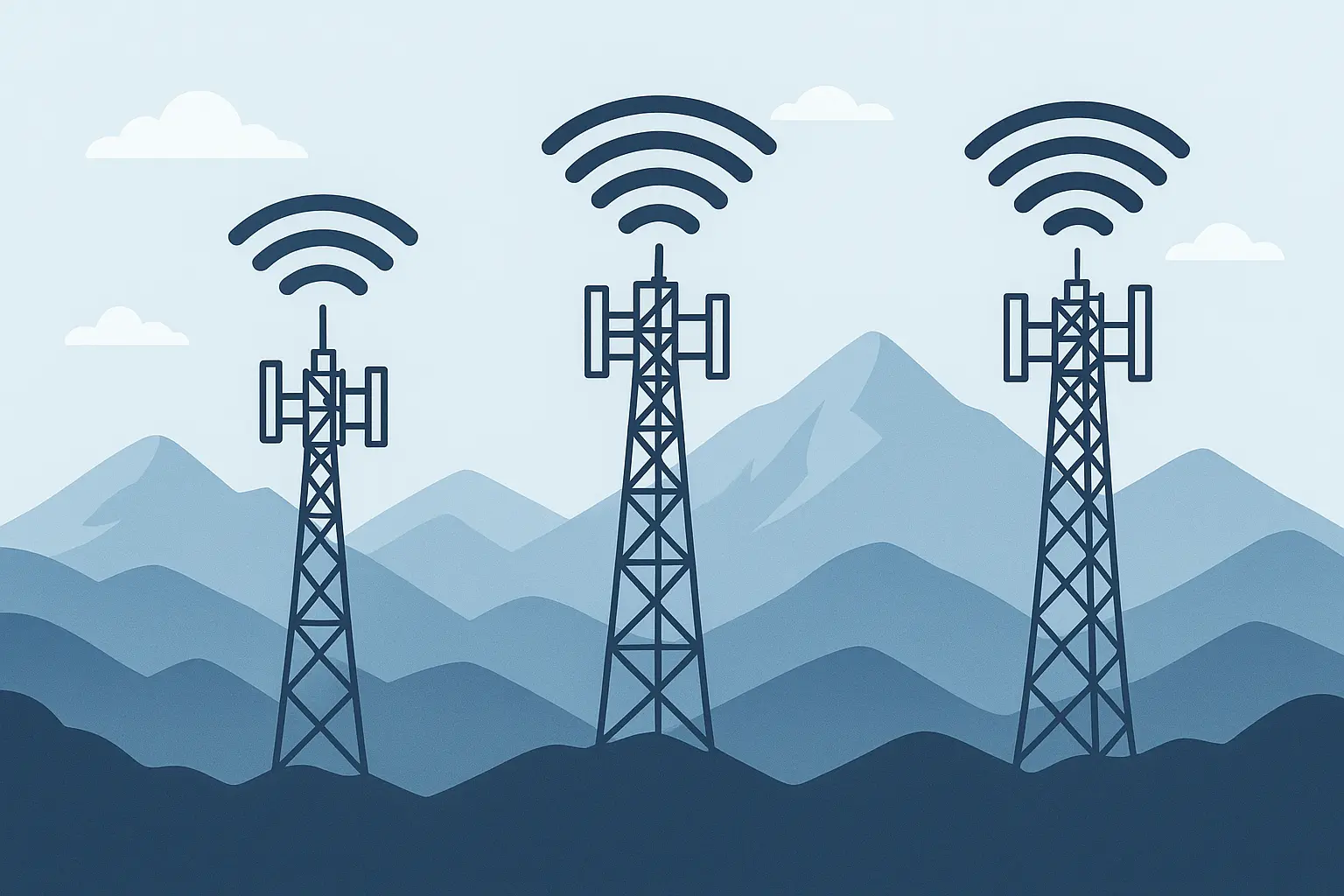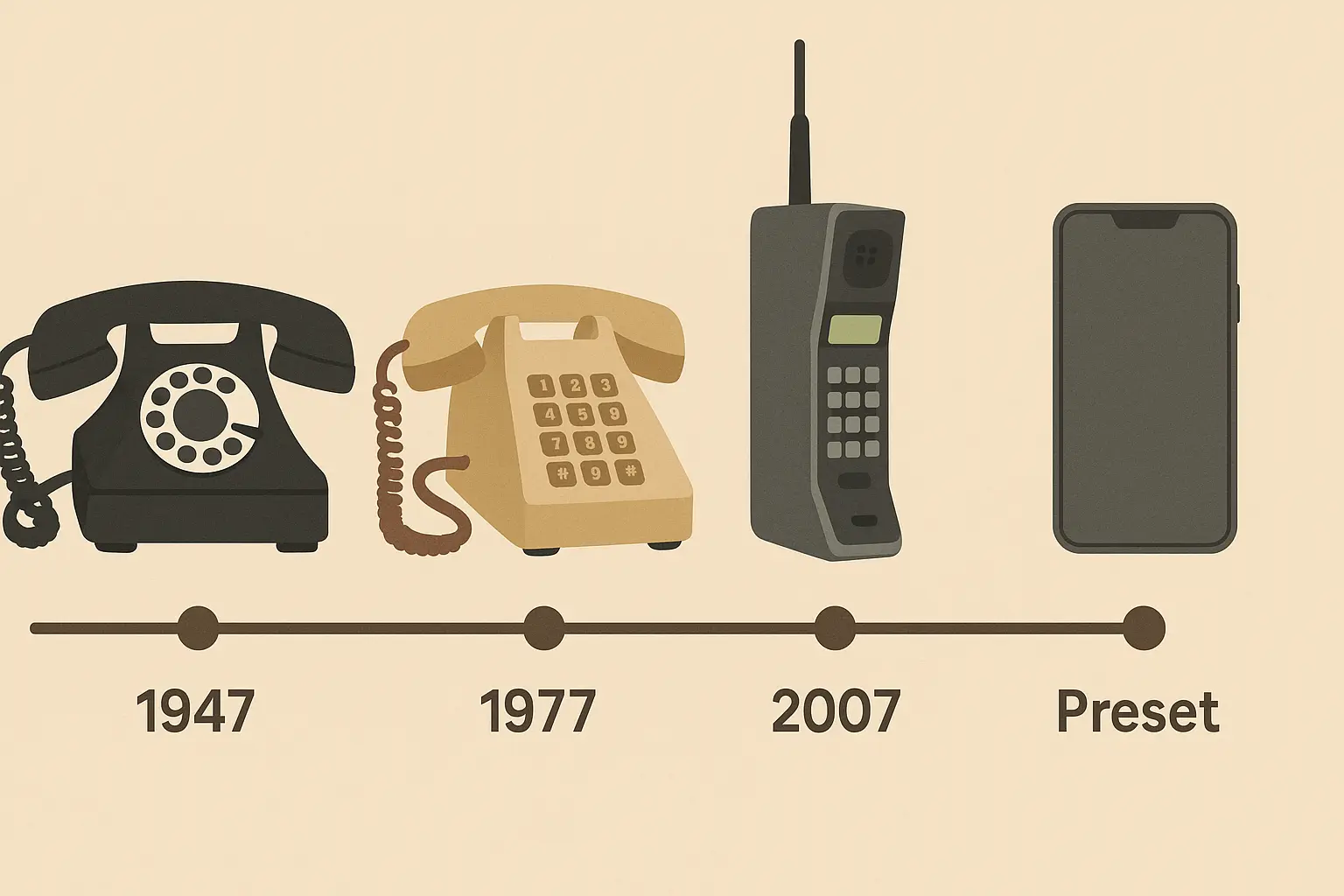Western Massachusetts isn’t like the rest of the state. With over 800,000 people spread across everything from Springfield’s busy streets to remote Berkshire mountain towns, according to ZipAtlas demographic data, the 413 area code covers territory that creates unique communication challenges most people never think about. The reality behind this region goes far deeper than simple geography.
Table of Contents
Table of Contents
-
What Makes 413 Different From Other Area Codes
-
Real Communication Challenges Businesses Face
-
Phone Number Basics That Actually Matter
-
Practical Solutions for Common Problems
-
Business Applications Most People Miss
-
Infrastructure Reality Check
-
Planning Your Communication Strategy
TL;DR
-
The 413 area code covers all of western Massachusetts, from Springfield’s urban center to remote mountain valleys
-
Eastern Time creates a narrow communication window with West Coast clients (1-4 PM works best)
-
Ten-digit dialing is required for all calls, international callers need the +1 prefix
-
Mountain terrain and rural distances create real coverage gaps that affect daily business
-
Educational institutions and healthcare facilities need backup systems for critical communications
-
Seasonal tourism creates massive communication demands that stress local infrastructure
-
Smart businesses build redundancy into every communication process
What Makes 413 Different From Other Area Codes
The 413 region presents obstacles that affect daily operations in ways most people never consider. Mountain valleys create natural dead zones. Rural distances make infrastructure expensive to maintain. Seasonal population swings stress communication systems beyond their normal capacity during peak tourism months.
The Geographic Reality
Springfield anchors the eastern edge with solid infrastructure – you’ll rarely drop a call there. But drive west toward Pittsfield and you’ll hit mountain valleys where your phone becomes a paperweight. Northampton sits in the sweet spot with college-town bandwidth, while places like Greenfield still struggle with rural gaps that can stretch for miles.
|
City |
Population |
What to Expect |
|---|---|---|
|
Springfield |
155,032 |
Excellent coverage, reliable internet, business-grade infrastructure |
|
Pittsfield |
43,927 |
Good coverage in town, mountain interference in valleys |
|
Northampton |
29,571 |
Strong coverage, high bandwidth from college demand |
|
Greenfield |
17,768 |
Moderate coverage with rural dead zones |
|
Holyoke |
40,117 |
Growing tech infrastructure, generally reliable service |
The median household income reaches $79,080 according to ZipAtlas income statistics, with Springfield representing the economic center that drives much of this prosperity. But income distribution varies dramatically across the region’s diverse geography.
Springfield – Where Everything Works
Springfield operates as the region’s primary business center with over 150,000 residents, which means it gets the best cellular coverage and fastest internet infrastructure. Most major telecommunications providers prioritize Springfield for network upgrades, making it the most reliable area for business communications within the region.
Berkshire Mountain Challenges
Pittsfield sits in a valley surrounded by mountains, creating natural barriers that affect cellular signals and internet connectivity. The scenic beauty that attracts tourists also creates communication dead zones that businesses must navigate carefully. Last winter, a Pittsfield medical practice lost cell service for three hours during a snowstorm, missing critical patient calls until they implemented a backup email system.
College Town Communication Demands
The Pioneer Valley’s concentration of colleges creates unique communication demands with thousands of students, faculty, and staff requiring reliable messaging systems. Smith College in Northampton manages communications for over 2,500 students from 48 states and 68 countries. During orientation week, the college’s communication system handles more than 15,000 messages daily between students, parents, faculty, and staff.
For educational institutions managing complex communication needs, understanding how to forward text messages to an email address becomes essential for coordinating between campus departments and external stakeholders.
Border Issues That Create Real Problems
The edges of 413 territory create practical challenges that most people don’t consider until they experience them firsthand. Border communities often deal with carrier confusion, overlapping service areas, and the frustration of being in a coverage gap between regions.
Communities right on the eastern edge sometimes get mixed signals from carriers serving both 413 and the central Massachusetts codes. This creates situations where your phone might connect to a tower outside your area code, affecting call quality and data speeds.
Real Communication Challenges Businesses Face
Sure, everything runs on Eastern Time, but that creates a narrow window for West Coast business. Your 9 AM is their 6 AM coffee run. The sweet spot? 1-4 PM Eastern – early enough for their morning meetings, late enough for your afternoon availability.
When you’re scheduling calls with West Coast clients, that three-hour difference becomes a narrow window of opportunity. Your business day starts when California is barely having coffee, and by the time they’re ready for afternoon meetings, you’re thinking about dinner.
Seasonal Disruptions Nobody Plans For
Recent celebrations of “413 Day” in Easthampton MassLive highlight the growing regional pride and business networking opportunities that require sophisticated communication coordination. But these community events also demonstrate how quickly local infrastructure can become overwhelmed.
The Berkshires experience dramatic seasonal fluctuations that require flexible communication systems. Tourism-dependent businesses hire temporary staff who may not be familiar with local communication patterns or infrastructure limitations. Your summer staff might come from different states with different carriers – will they be able to receive important messages when they’re working in a coverage gap?
Time Zone Planning That Actually Works
Twice yearly time changes affect automated systems, scheduled communications, and business operations in ways that catch many organizations off guard. Rural areas often struggle more with system updates, creating temporary communication gaps during transitions.
Quick Time Zone Tips:
-
Update automated systems 2 weeks before Daylight Saving changes
-
Schedule West Coast calls between 1-4 PM Eastern
-
Test international communication windows twice yearly
-
Build buffers into cross-country meeting schedules
-
Have backup communication methods for remote workers
Infrastructure Stress During Peak Seasons
Ever wonder why your phone loses signal driving through the Berkshires in October? Systems that work fine in February suddenly buckle under August demand when the mountains fill with visitors. Coverage maps paint a rosier picture than reality delivers – those neat colored zones showing “excellent coverage” don’t account for the region’s unique topography and seasonal challenges.
The Mount Greylock State Reservation, Massachusetts’ highest peak, creates a significant communication dead zone affecting a 15-square-mile area. Local emergency services maintain satellite communication equipment and require all hiking groups to carry emergency beacons. Tourism businesses in nearby Adams and North Adams use SMS-to-email forwarding systems to ensure guest communications reach them even when cellular towers are blocked by the mountain’s 3,489-foot elevation.
Phone Number Basics That Actually Matter
Getting number formatting right isn’t about following rules – it’s about ensuring your communications actually reach their destination. Database systems are particularly finicky about formats. What looks correct to human eyes might cause complete system failures when your CRM tries to process the information.
The Format Rules That Matter
Here’s what actually matters: Always use the full ten digits (413-555-1234), even for local calls. International clients need the +1 prefix. Your CRM probably wants it formatted differently than your phone displays it – test before you assume.
When dealing with international clients or partners, businesses in the region must master how to enter a phone number in international format to ensure seamless global communications.
System Integration Reality
Modern business systems require specific formatting standards to handle numbers properly. Customer relationship management systems need standardized storage to maintain data integrity and enable efficient searching. Inconsistent formatting creates duplicate records and makes it impossible to track communication history effectively.
For comprehensive guidance on proper formatting, refer to our detailed explanation of understanding the US phone number format with country code which covers all the essential requirements.
|
System Type |
Format Example |
Why It Matters |
|---|---|---|
|
Phone Display |
(413) 555-0123 |
Human readability |
|
Database |
4135550123 |
Consistent storage |
|
International |
+1-413-555-0123 |
Global compatibility |
|
SMS Platforms |
14135550123 |
Message delivery |
Practical Solutions for Common Problems
Western Massachusetts communication isn’t plug-and-play. Whether you’re running a seasonal business in the Berkshires or coordinating multiple college campuses, success means planning for the gaps, building in backups, and accepting that one size doesn’t fit all in this region.
Building Communication Redundancy
Organizations that thrive have learned to build redundancy into every communication process. They don’t rely on single points of failure because they know the territory will test every system eventually. Smart communication planning acknowledges these realities while taking advantage of available solutions.
Emergency Communication Essentials:
-
Primary contact gets alerts within 2 minutes
-
Automatic forwarding to backup contacts if no response
-
SMS forwards to email addresses for redundancy
-
Clear escalation procedures for critical situations
-
Regular testing of backup systems
-
Alternative methods ready (satellite, radio)
Seasonal Staff Communication Strategy
Tourism businesses need systems that can quickly onboard seasonal workers while maintaining communication continuity during peak periods. Here’s a template that works:
Welcome to [Business Name]! Essential Communication Info:
• Work phone: (413) XXX-XXXX
• Manager contact: (413) XXX-XXXX
• WiFi password: [Password]
• Known dead zones: [Specific locations]
• Emergency protocol: Text manager first, call if no response
• Peak season: Check messages every 30 minutes
• Backup: Email forwarding for critical messages
Questions? Text your supervisor immediately.
Business Applications Most People Miss
The region’s unique mix of educational institutions, healthcare systems, and seasonal tourism creates communication challenges that standard business solutions don’t address. As “The Fabulous 413” podcast from NEPM recently explored during their 413 Day celebration, the region’s rich history continues to shape modern community connections and communication patterns.
Educational Institution Coordination
Out of 198,816 students enrolled in schools throughout the region, 20.1% attend private institutions according to ZipAtlas education data, creating complex communication networks between public and private educational systems.
Take UMass Amherst during a campus emergency. They need to reach 30,000 students plus parents in 75 countries – all within minutes. When cell towers got overloaded during the 2024 severe weather emergency, their automated forwarding system successfully delivered critical safety updates to 45,000 parents and guardians within 12 minutes, using SMS-to-email forwarding for international families without US mobile service.
Educational institutions often benefit from getting started with AutoForward SMS for the first time to establish reliable communication bridges between campus systems and parent notification requirements.
Healthcare Communication Requirements
Medical facilities across western Massachusetts depend on absolutely reliable communication systems for patient care and emergency response. The rural nature of much of the region makes backup communication methods essential when primary systems fail.
Healthcare providers need guaranteed message delivery for patient notifications and critical health communications. In areas with spotty cellular coverage, having automatic forwarding to email addresses ensures important messages reach healthcare providers even when mobile networks are unreliable. Rural clinics have lost critical lab results because they relied solely on cellular messaging – that’s not acceptable when patient health is at stake.
For businesses managing multiple communication channels, learning how to forward text messages to a Slack channel can streamline team coordination across the region’s diverse geographic areas.
Infrastructure Reality Check
Coverage maps lie. That “excellent service” zone doesn’t account for the dead spot behind Mount Greylock or what happens when 50,000 tourists hit the Berksh ires in October. Smart businesses plan for when, not if, their primary communication fails.
Carrier Coverage Reality
Regional and national carriers offer dramatically different coverage quality across western Massachusetts. Urban Springfield might have excellent service from all major carriers, while rural Berkshire communities may have reliable service from only one or two providers.
Drive from Springfield to North Adams and you’ll experience at least three distinct coverage zones, each with different strengths and weaknesses. Some carriers excel in valleys but fail on ridgelines. Others provide consistent rural coverage but struggle with high-density areas during events.
The Historical Context That Still Matters
Established in 1947 as part of the original North American Numbering Plan, the 413 area code was designed to serve all of western Massachusetts. The original planners couldn’t have predicted how communication needs would evolve, but their decisions still affect service today.
What’s fascinating is how those original territory decisions still dictate where carriers invest their money today. Areas that were considered “central” in 1947 continue to receive priority for infrastructure upgrades, while regions deemed “remote” back then still struggle with connectivity issues.
Different three-digit prefixes within the area code are allocated to specific geographic areas and service providers. Some prefixes immediately signal “Springfield area” while others indicate rural locations – customers often make assumptions based on these patterns.
Planning Your Communication Strategy
Successfully managing communications within the region requires sophisticated strategies that account for infrastructure limitations, diverse user needs, and compliance requirements. The most effective approaches combine multiple communication channels with intelligent routing and backup systems.
Message Routing That Works
Effective communication systems must intelligently handle different types of messages based on urgency, sender, and recipient availability. This becomes especially important in areas with unreliable connectivity where messages might not reach their destination immediately.
Organizations throughout the region need clear emergency communication procedures that include automatic forwarding to multiple contacts and escalation procedures. These protocols become critical during natural disasters or infrastructure failures common in mountainous regions.
Compliance for Regulated Industries
Healthcare facilities and educational institutions must maintain comprehensive communication records while ensuring messages reach the right people at the right time. This requires systems that can archive conversations while providing reliable forwarding capabilities.
Medical facilities must ensure patient communications are properly documented and forwarded according to HIPAA requirements while dealing with infrastructure limitations. Healthcare organizations in remote areas often need to understand how to forward text messages on an Android phone complete guide to ensure critical patient communications reach the appropriate medical staff regardless of device compatibility.
Final Thoughts
Managing communications within the 413 area code requires understanding the unique challenges and opportunities that western Massachusetts presents. From Springfield’s urban connectivity to the Berkshires’ rural communication gaps, success depends on choosing the right tools and strategies for your specific situation.
The region’s diverse geography, seasonal business patterns, and concentration of educational and healthcare institutions create communication needs that standard solutions often can’t address. Whether you’re coordinating across multiple campuses, managing seasonal staff, or ensuring critical healthcare messages reach their destination, having reliable backup communication methods isn’t convenient – it’s essential.
For businesses and organizations struggling with these complex communication challenges throughout the region, Auto Forward SMS provides essential solutions that address the unique needs of western Massachusetts. The service automatically forwards SMS messages to email addresses, ensuring critical communications reach their destination even when cellular coverage is spotty in rural or mountainous areas. With advanced filtering capabilities, organizations can create sophisticated forwarding rules based on keywords, sender numbers, or specific criteria – perfect for managing everything from emergency notifications to seasonal business communications.
Ready to solve your communication challenges? Try Auto Forward SMS today and ensure your important messages always reach their destination, regardless of infrastructure limitations.

